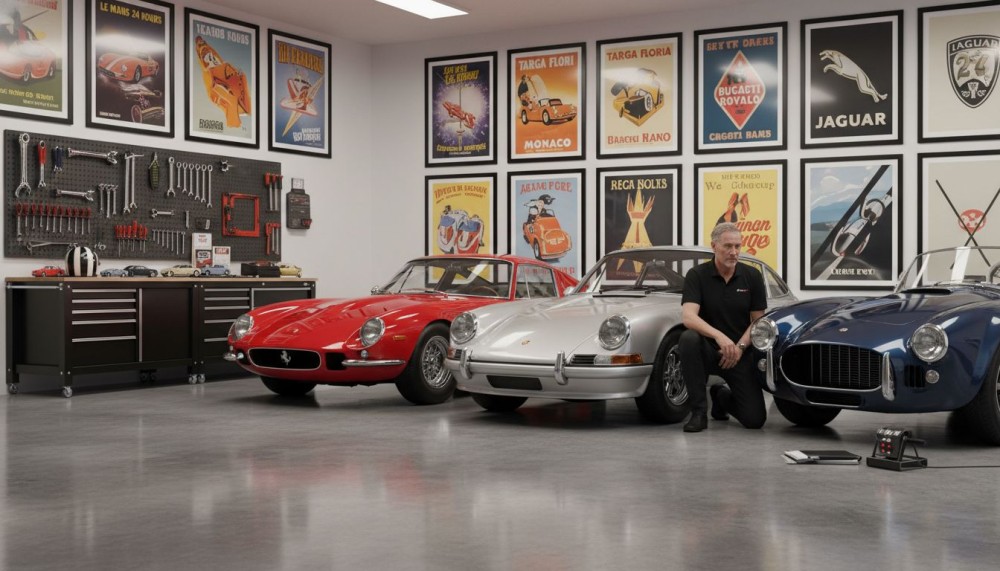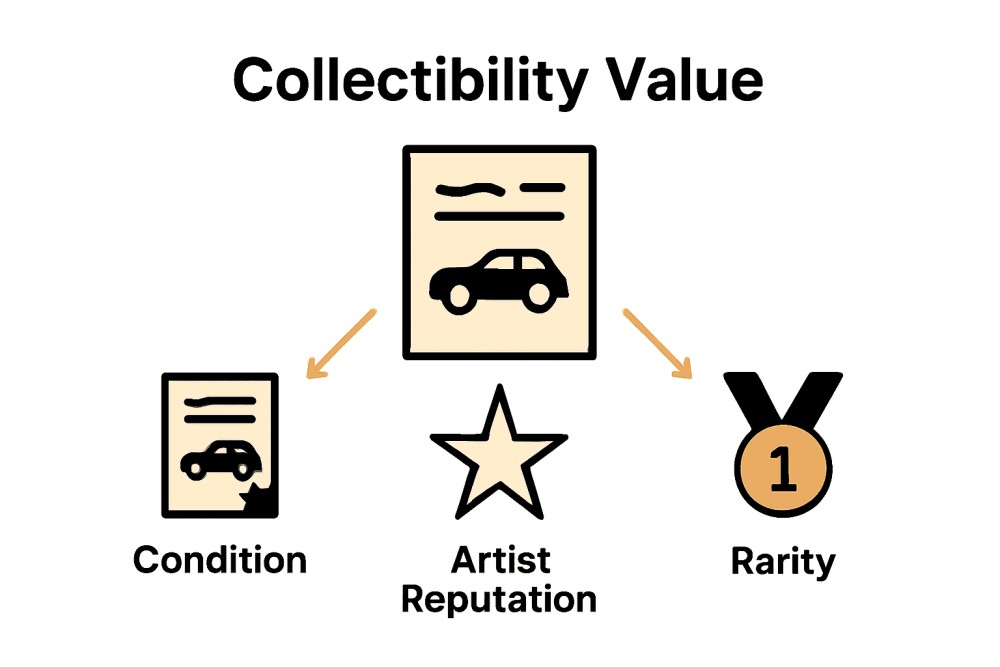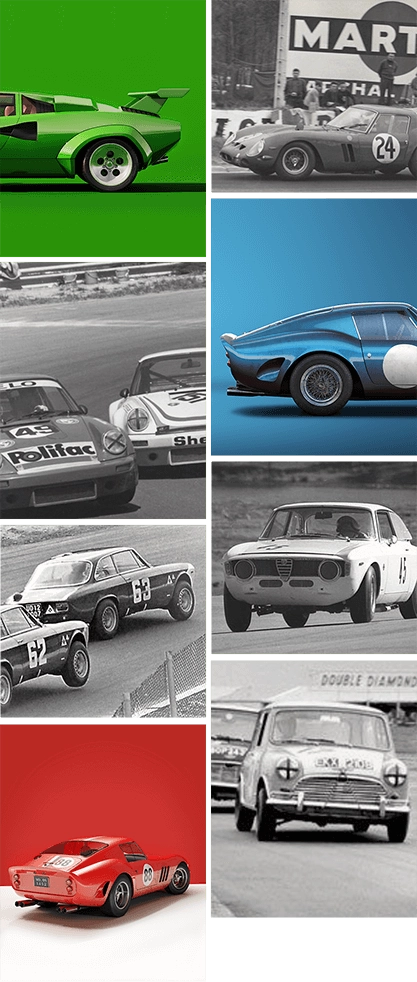Whether featuring a sleek 1960s sports car or a rugged racing vehicle, each poster tells a unique narrative of innovation, speed, and human creativity.
To explore more about the fascinating world of automotive artwork, check out our complete guide to motorsport artwork collecting.
Historical Roots and Cultural Significance
The origins of classic car posters are deeply rooted in the artistic movements of the late 19th and early 20th centuries. En Wikipedia highlights Ernest Montaut, a pioneering French artist who revolutionized automotive visual representation by developing techniques that dramatically captured the essence of speed and movement in early automobile art.
The visual language of automotive posters was further shaped by the Plakatstil movement, which emerged in early 20th-century Germany. According to En Wikipedia, this artistic approach introduced a bold and simplified poster style that transformed automotive advertising. These posters emphasized striking visuals and minimal text, creating powerful graphic representations that captured public imagination.
During this transformative period, automotive posters evolved from simple advertisements to complex artistic statements:
- Celebrating technological innovation
- Representing cultural aspirations
- Documenting mechanical design evolution
- Capturing the romance of mobility and speed
These artistic creations were more than promotional materials - they became cultural artifacts that reflected societal fascination with emerging transportation technologies. Automotive posters captured the zeitgeist of technological optimism, symbolizing human progress, freedom, and the thrilling potential of mechanical engineering.
To delve deeper into the rich world of automotive artwork and its historical context, explore our complete guide to motorsport artwork collecting.
Types and Themes of Classic Car Posters
Classic car posters represent a vibrant tapestry of automotive storytelling, capturing diverse perspectives of mechanical artistry. Popsci reveals that these posters encompass a rich variety of themes, "including advertisements highlighting new models, promotional materials for racing events, and artistic renditions celebrating automotive design, each reflecting the era's cultural and technological advancements".
The thematic diversity of classic car posters extends across multiple fascinating categories:
- Racing and motorsport achievements
- Luxury automotive design
- Technological innovation showcases
- Cultural mobility representations
- Nostalgic automotive memories
According to Zenandchill, these posters consistently "capture the spirit of their time" by emphasizing "the allure of speed, luxury, and innovation". This approach transforms these visual artifacts from mere decorative pieces into powerful narrative representations of technological and cultural progression.
Classic car posters are not just static images - they are dynamic storytellers that communicate the emotional and technological zeitgeist of different automotive eras. Whether depicting a sleek racing prototype, a revolutionary family sedan, or a luxurious grand tourer, each poster encapsulates a moment of mechanical poetry and human aspiration.
For automotive art enthusiasts seeking to explore this captivating world further, our Electrifying beauty by Lunaz Design article offers additional insights into the evolving landscape of automotive visual art.
Artistic Value and Collectibility Factors
The world of classic car posters transcends mere decoration, representing a sophisticated intersection of artistic expression and automotive heritage. En Wikipedia highlights Ken Eberts, a prominent automotive artist who "contributed significantly to the artistic value of classic car posters", with his works being "highly sought after by collectors for their detailed and evocative portrayals of vintage automobiles".
Key collectibility factors that determine a classic car poster's value include:
- Original printing condition
- Historical significance of depicted vehicle
- Artist's reputation and technical skill
- Rarity of the specific print
- Historical period represented
- Aesthetic and technical complexity
Parallel to Ken Eberts, En Wikipedia notes Alan Fearnley's contributions, showcasing how certain artists have elevated automotive art "to be celebrated for their artistic merit and become valuable collectibles among automotive enthusiasts". These artists transform technical mechanical representations into profound visual narratives that capture both technological innovation and cultural zeitgeist.
Collectors view these posters as more than simple wall art - they are historical artifacts that document automotive evolution, technological aspiration, and cultural transformation. The most prized pieces capture not just a vehicle's physical form, but its emotional and cultural significance, creating a bridge between mechanical engineering and artistic expression.



